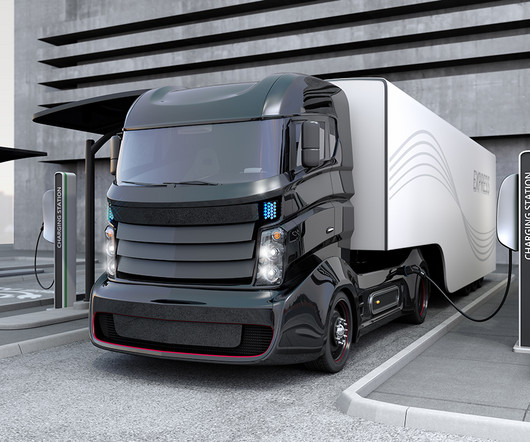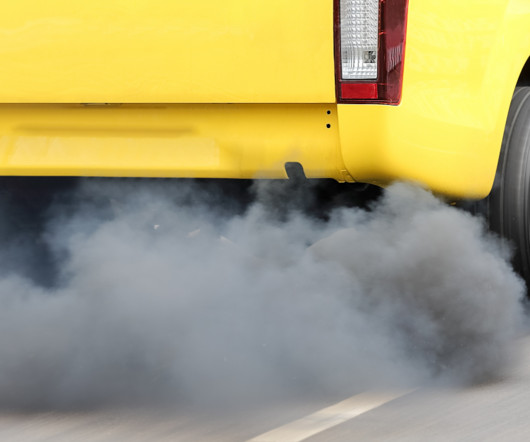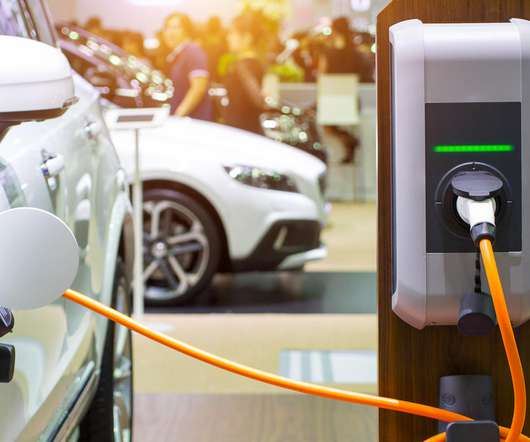Mercedes-Benz B-Class Electric Drive reduces lifecycle CO2 emissions by as much as 64% compared to B 180 gasoline model
Green Car Congress
DECEMBER 17, 2014
CO 2 emissions of the B-Class Electric Drive compared with the B 180 gasoline-engine variant [t/car]. The Mercedes-Benz B-Class Electric Drive ( earlier post ) delivers up to 64% lower CO 2 emissions than the equivalent B 180 gasoline model (when charged with hydroelectricity), according to Mercedes-Benz and TÜV Süd.








































Let's personalize your content